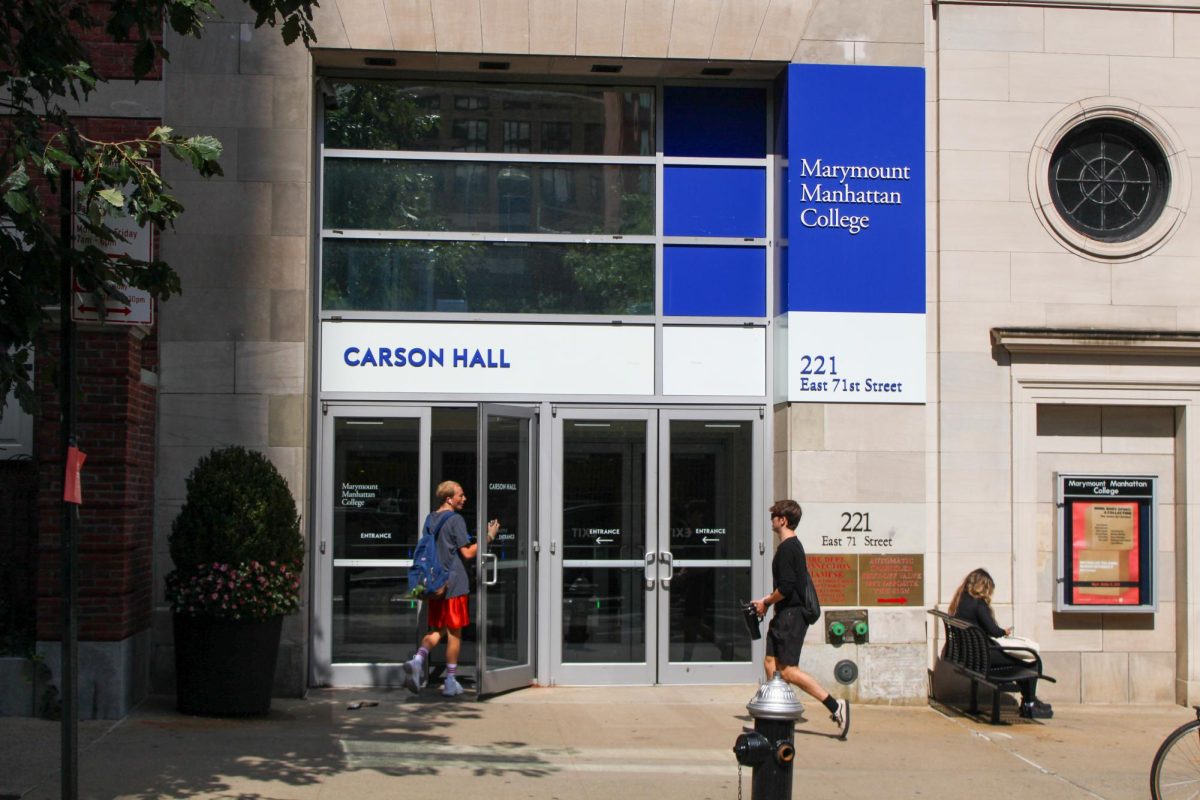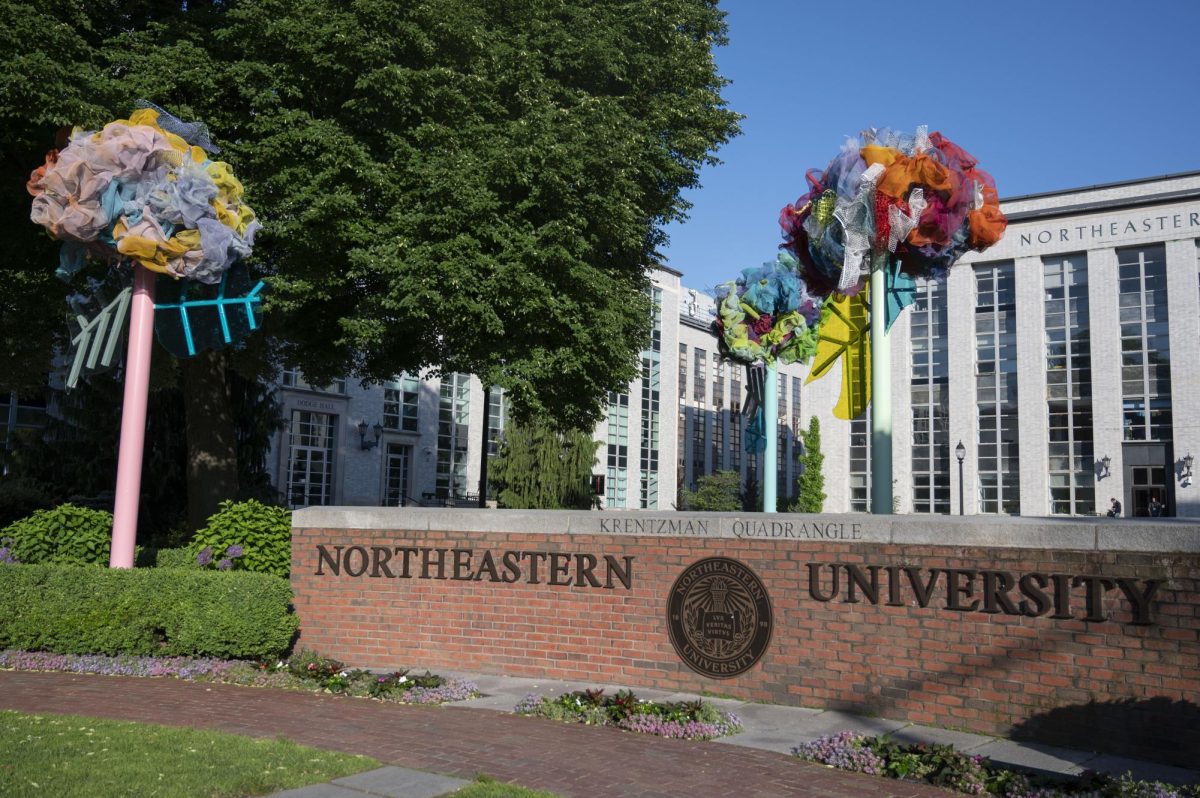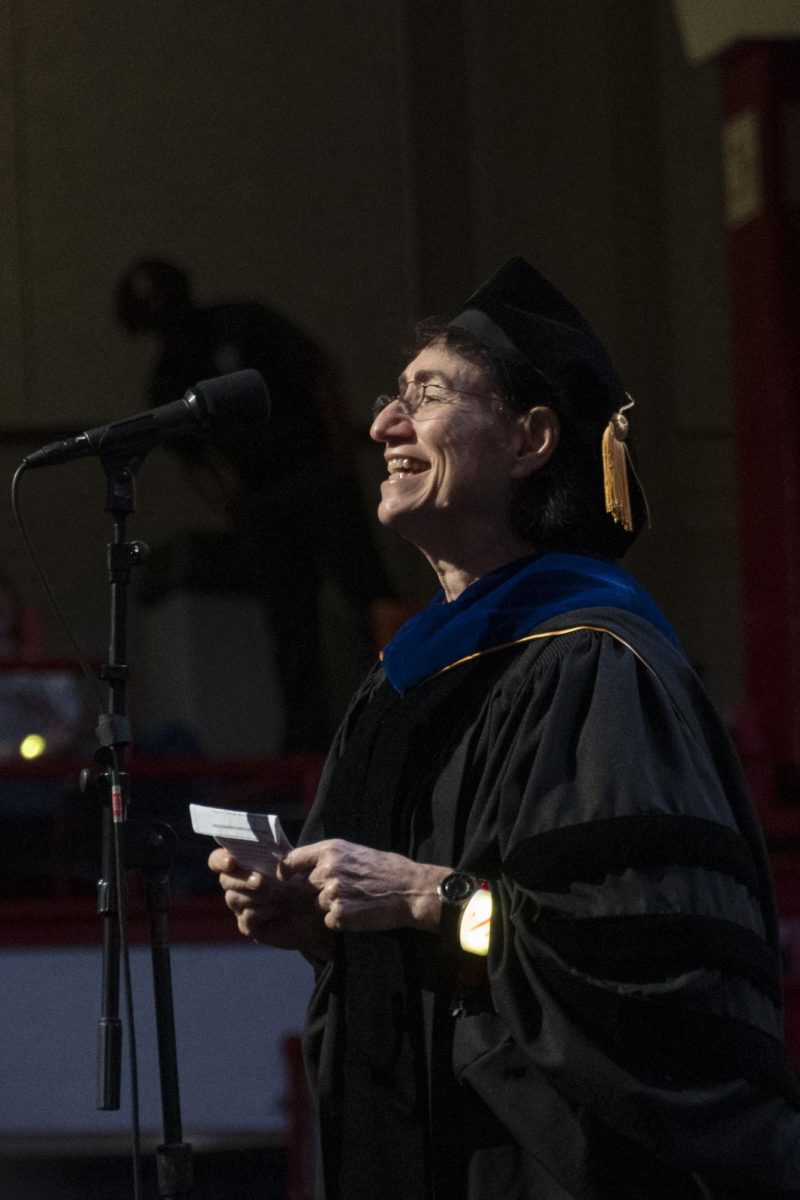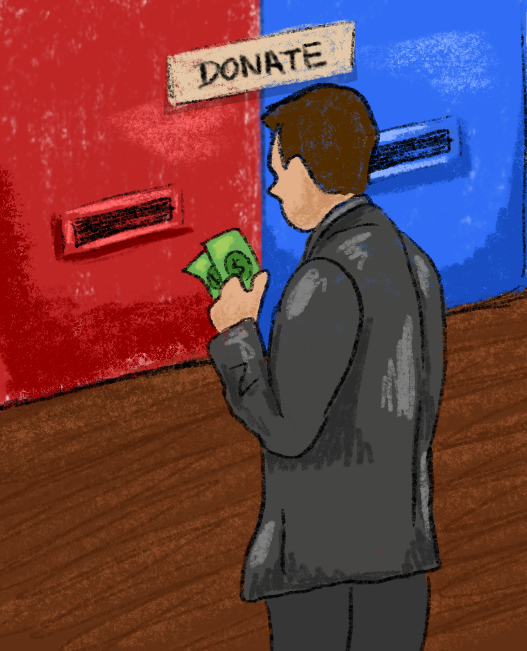Some students come to Northeastern to gain independence from home, and, sometimes distance. Those who have come from southwestern, southern or northwestern areas of the country have had to deal with national news events about their local weather this past year.
Students from Washington state have been coping with the headlines that read, “St. Helens quakes grow in frequency,” from Sunday’s Seattle Times.
“It’s hard to be away from home when an event like this is taking place,” said Sarah Brakebill, a middler psychology major. “A part of history is taking place at home, and I don’t even get to see it. It’s fun to see Washington on the news every day though.”
Earthquakes on the mountain are occurring every one to two minutes, at a 2.4 magnitude, the Times reported.
Brakebill’s family has been living in Washington since before the 1800s, she said. While the 1980 explosion was “very exciting” because it’s a historical event, it was also “very scary and devastating,” she said.
“Houses were blown out by ash, the large parts of the national forest were damaged, people who refused to leave their houses were killed, and mud and ash was everywhere — in the water, streams, on streets and cars,” Brakebill said of the 1980 explosion.
“Basically, the entire mountain is blown up, it’s like taking a big ice cream scoop and taking [the inside of the mountain] out,” said Charlie Stevenson, a middler business management and marketing major from Spokane, Wash. Stevenson has been up to the observation area at the mountain. “The trees are blown over in one direction [from the 1980 explosion], just imagine a million matchsticks laid down.”
Stevenson said after the first explosion his parents’ cars were covered with four inches of ash. They were in Seattle at the time of the explosion. Now, most of his extended family resides in Seattle.
The 2.4 magnitude of the earthquakes by Mt. St. Helens is mild compared to the history of earthquakes in the California area, specifically on the San Andreas Fault.
“All I can say is I’m going to be pissed if I miss a big earthquake,” said Brian Evans, a freshman biology and art major.
This summer, however, southern California has had to deal with wild fires rather than the ground shaking.
One fire included the 11,405-acre Crown Fire that the Associated Press reported destroyed two homes and a historic wood bridge near the town of Acton, Calif.
Hundreds of firefighters struggled to extinguish the fires, and some Northeast-ern students’ families were evacuated.
While firefighters transported water to the site of the natural disaster, Florida was dealing with an abundance of rain, wind and flooding as four hurricanes hit the state in rapid succession: Charley, Frances, Ivan and Jeanne hit land beginning in August.
“I couldn’t get in touch with my mom because her cell phone died, so I was freaking out,” said Chelsea Wardenski, a freshman criminology and corrections major, of the hurricanes. Wardenski lives on the west coast in Palm Harbor, Fla. and said her family wasn’t as affected. “All the stores were closed, there was a lot of flooding in the streets and some trees fell down.”
Jodie Davenport, a sophomore Amer-ican Sign Language and human services major, said she was affected by all of the hurricanes that hit Florida.
“I had to fly up late to school in September because all of the flights kept getting canceled,” Davenport said. “When Jeanne hit Florida I was [in Boston] and my house back home lost power, water and phone. Cell phone signal gets really low and it was difficult for me to contact my family to see how things were.”
When it’s difficult to get in touch with family, some students said it can be distracting to school work. Brakebill said maybe Northeastern should consider people away from home.
“I really don’t think Northeastern needs to do anything for its students from Washington,” she said, “but in other situations, like the Florida hurricanes, I think it would be nice for the school to sympathize with its students away from home.”








